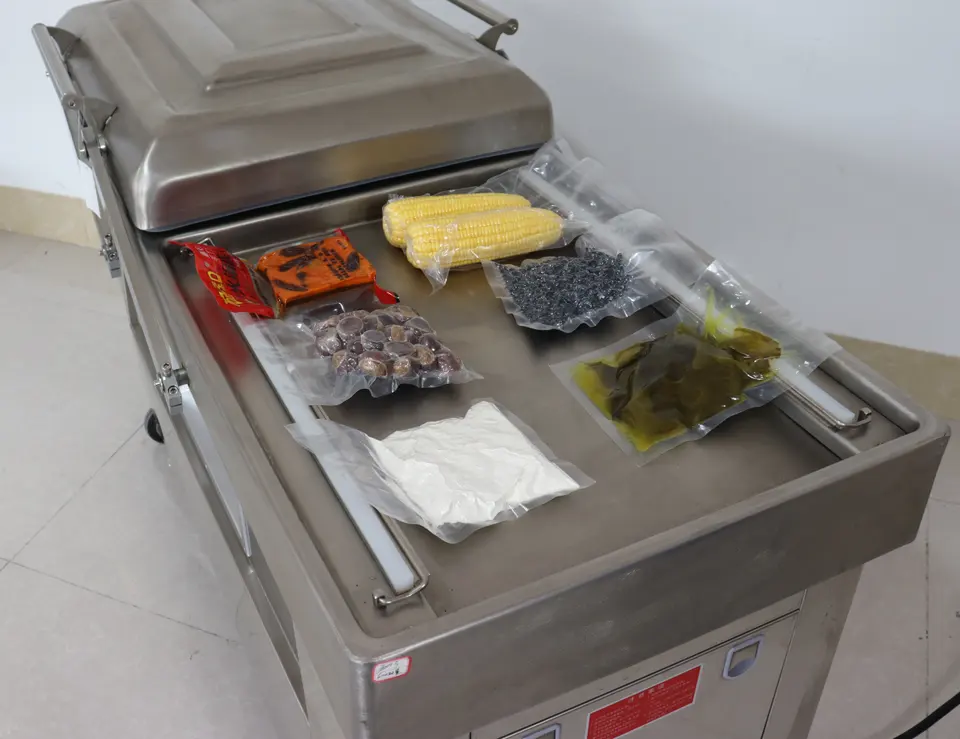Designing Efficient Farrowing Pens for Optimal Piglet Welfare and Management
Oct . 16, 2024 03:57 Back to list
Designing Efficient Farrowing Pens for Optimal Piglet Welfare and Management
Understanding Farrowing Pens A Key Component in Modern Pig Farming
Farrowing pens are specialized enclosures designed for sows during the farrowing process, which refers to the giving birth of piglets. The design and management of these pens are crucial in modern pig farming, as they heavily influence both the welfare of the mother and the survival of the piglets. In recent years, advancements in farrowing pen design have aimed at improving the overall efficiency of pig production while ensuring high animal welfare standards.
One of the main considerations in the design of farrowing pens is the safety and comfort of the sow. Sows are large animals, and during the farrowing process, they require enough space to move around comfortably while still being secure enough to prevent accidental crushing of their piglets. Traditionally, farrowing pens were constructed with simple barriers, but modern designs incorporate features such as adjustable sides and more spacious layouts that allow sows to lie down comfortably while also providing space for the piglets to nurse.
Furthermore, modern farrowing pens often integrate features that promote the health and well-being of piglets. For instance, many pens now include heated areas where newborn piglets can escape from colder temperatures, which is crucial for their survival in the first few days of life. Additional features, such as slatted floors, help maintain cleanliness and reduce the buildup of waste, thereby minimizing the risk of disease outbreaks that can severely impact the productivity of a farm.
farrowing pens

Another significant aspect of farrowing pens is the extent to which they facilitate the management practices of farmers
. Effective pen designs allow for easier access to sows and piglets for monitoring and handling. Many contemporary systems are designed to accommodate technology, such as electronic monitoring systems that track the health and growth of piglets in real-time. This level of monitoring is essential, as it helps farmers make informed decisions regarding feeding, weaning, and medical interventions.In addition to these practical considerations, animal welfare legislation and consumer preferences are increasingly influencing the design and management of farrowing pens. There is a growing public awareness regarding the treatment of animals in agricultural settings, and as a result, many farms are moving towards more humane and spacious pen configurations. This shift not only promotes better animal welfare but often leads to higher market prices for meat products due to consumer preference for ethically sourced food.
The economic implications of well-designed farrowing pens are also noteworthy. While the initial investment in high-quality pens may be considerable, the long-term benefits can outweigh these costs. Improved sow health, higher piglet survival rates, and increased efficiency in management can all contribute to the profitability of pig farming enterprises. Moreover, better welfare practices can enhance the reputation of a farm, leading to more robust business opportunities in markets focused on animal welfare.
In conclusion, farrowing pens play a vital role in the success of pig farming operations. By prioritizing the welfare of sows and their piglets, modern designs not only enhance the safety and comfort of the animals but also contribute to the overall efficiency and profitability of farming practices. As the industry continues to evolve with technological advancements and changing consumer expectations, the importance of well-designed farrowing pens will undoubtedly remain a central focus for progressive pig farmers worldwide. The balance between animal welfare, economic viability, and technological integration distinguishes successful farming operations in today's competitive landscape.
-
Hot Sale 24 & 18 Door Rabbit Cages - Premium Breeding Solutions
NewsJul.25,2025
-
Automatic Feeding Line System Pan Feeder Nipple Drinker - Anping County Yize Metal Products Co., Ltd.
NewsJul.21,2025
-
Automatic Feeding Line System Pan Feeder Nipple Drinker - Anping County Yize Metal Products Co., Ltd.
NewsJul.21,2025
-
Automatic Feeding Line System - Anping Yize | Precision & Nipple
NewsJul.21,2025
-
Automatic Feeding Line System - Anping Yize | Precision & Nipple
NewsJul.21,2025
-
Automatic Feeding Line System-Anping County Yize Metal Products Co., Ltd.|Efficient Feed Distribution&Customized Animal Farming Solutions
NewsJul.21,2025






